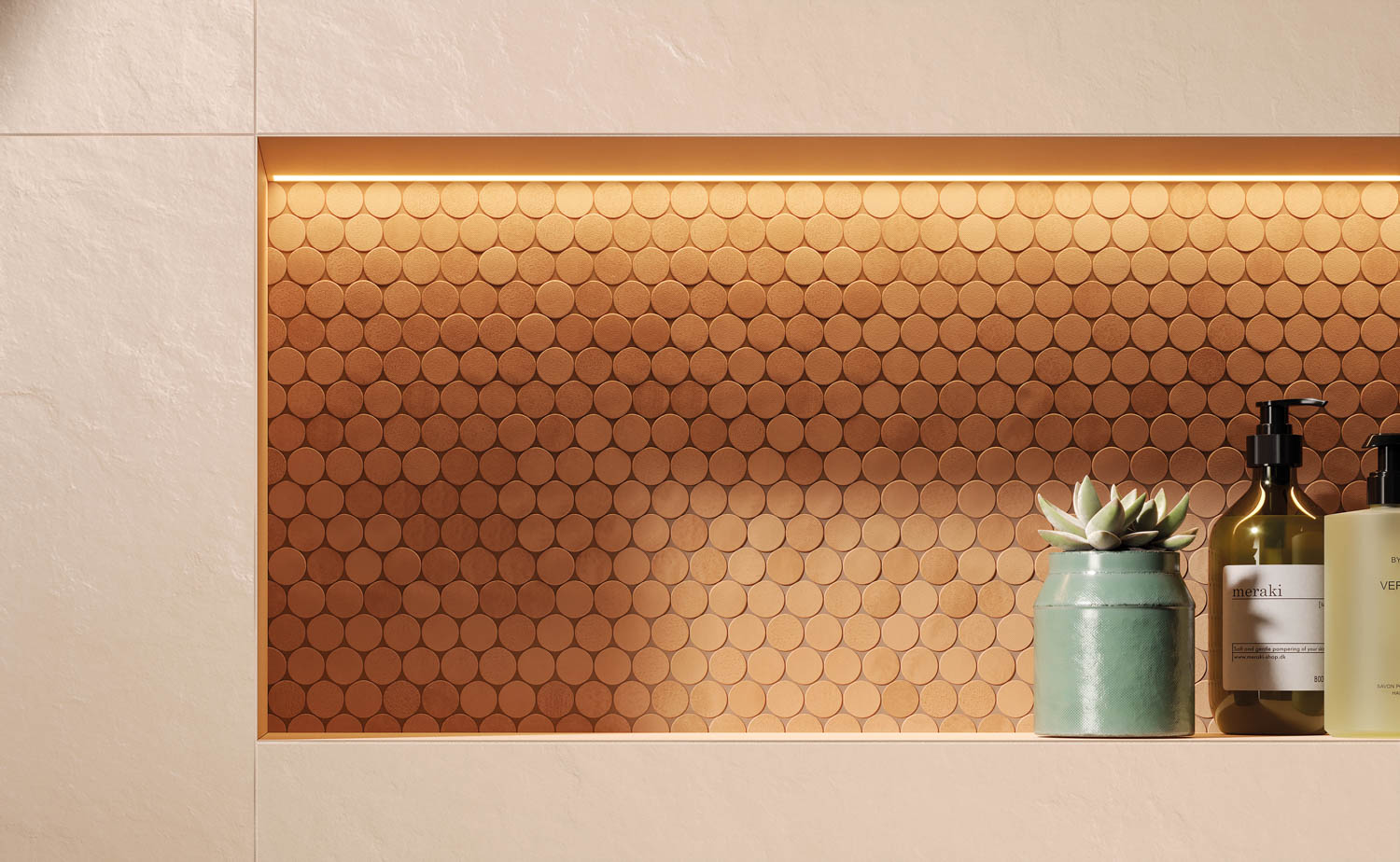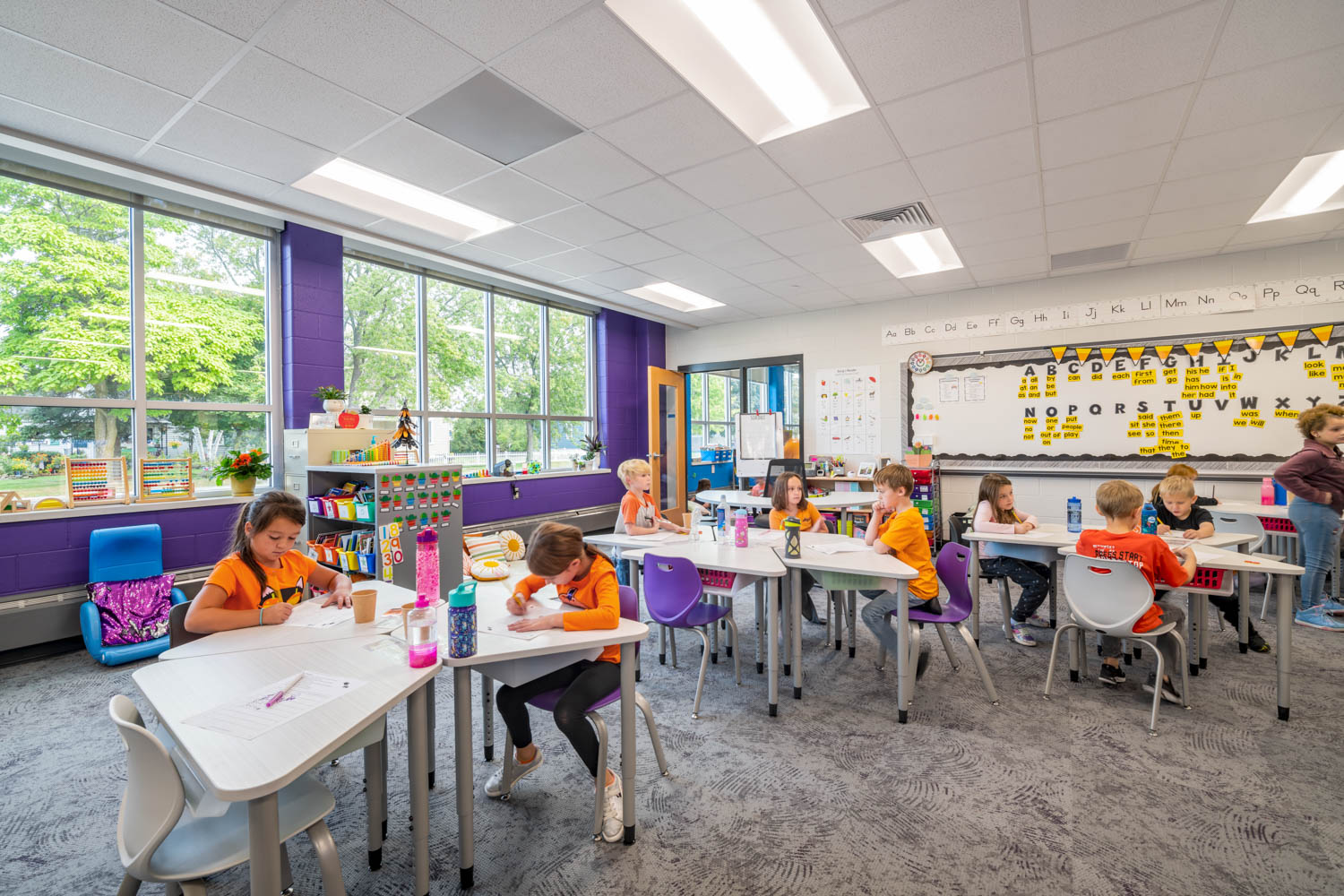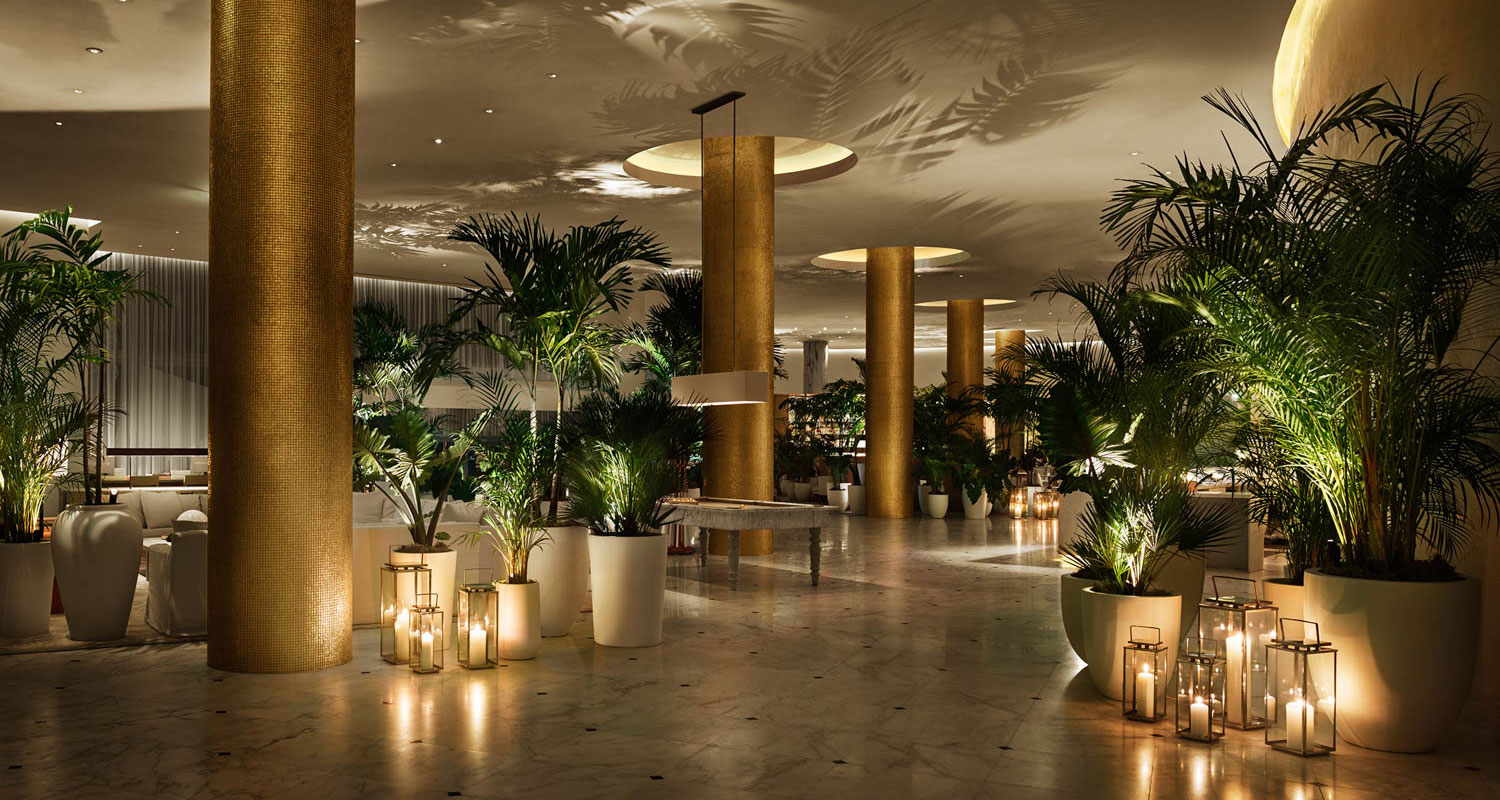Snapshot: The Industry’s Green Wave
From 2012 to 2013 alone, says McGraw-Hill Construction, the number of green projects has increased by more than 114 percent. What’s more, the study concluded that between now and 2015, 63 percent of firms have green projects on the docket, which includes new constructions and renovations. The areas that will see the biggest increase are new commercial constructions, renovations and retro-fittings of existing buildings, and new institutional construction.
So what’s the reason for this remarkable increase? When McGraw-Hill conducted its first study in 2008, the vast majority of respondents cited their main reason for going green as “it was the right thing to do.” In its 2012 study, respondents said that market and client demand for green buildings were the leading reasons. In other words, buildings made using recycled materials and which emit low emissions (two hallmarks of green projects) have come to be expected by the general public.
“An upfront investment of 2 percent in green building design, on average, results in a life cycle savings of 20 percent of the total construction costs—more than ten times the initial investment,” says Jacob Kriss, a media associate for the USGBC.
|
5 THINGS YOU SHOULD
KNOW ABOUT HOW GREEN DESIGN SAVES DOLLARS 1. An upfront investment of 2 % in green building design results in a life-cycle savings of 20 % of the total construction costs.
2. LEED projects average a decrease in operating costs of 13.6 % for new construction and 8.5 % for existing buildings. 3. LEED projects average an increase in building value of 4. LEED-certified buildings command rent premiums of $11.33 per square foot over non-LEED buildings. 5. LEED-certified buildings demonstrate increased recruitment and retention rates for employers and are found to enhance worker productivity and reduce absenteeismFor at least a quarter of a century, green and sustainable have been the reigning buzzwords in the architecture and design community. Fast forward to 2013, and sustainability is closer than ever to becoming the industry standard. A whopping 94 percent of architects, engineers and contractors worldwide report that they’re involved in green building projects, says “World Green Building Trends,” a 2012 study by McGraw-Hill Construction. And 91 percent of Interior Design‘s 2012 Top 200 Giants cited sustainability is an important component of their design decisions. |
What’s more, the USGBC reports that LEED projects average a decrease in operating costs by 13.6 percent for new construction and 8.5 percent for existing building projects, and an increase in building value by 10.9 percent for new construction and 6.8 percent for existing building projects. Plus, LEED-certified buildings also command rent premiums of $11.33 per square foot over non-LEED buildings.
In addition to cost savings, the health and wellbeing of occupants of LEED-certified buildings also can improve. Kriss explains, “LEED-certified buildings demonstrate increased recruitment and retention rates for employers and are found to enhance worker productivity and reduce absenteeism.”
Related:
Timeline: Green Breakthroughs that Still Stun
Defining Excellence: A Guide to Green Standards
The Sustainable Culture at Seven Firms
Top 10 Green Products of 2013 Q1
Interior Design‘s 10 “Greenest” Projects of the Year”>Interior Design‘s Greenest Projects


